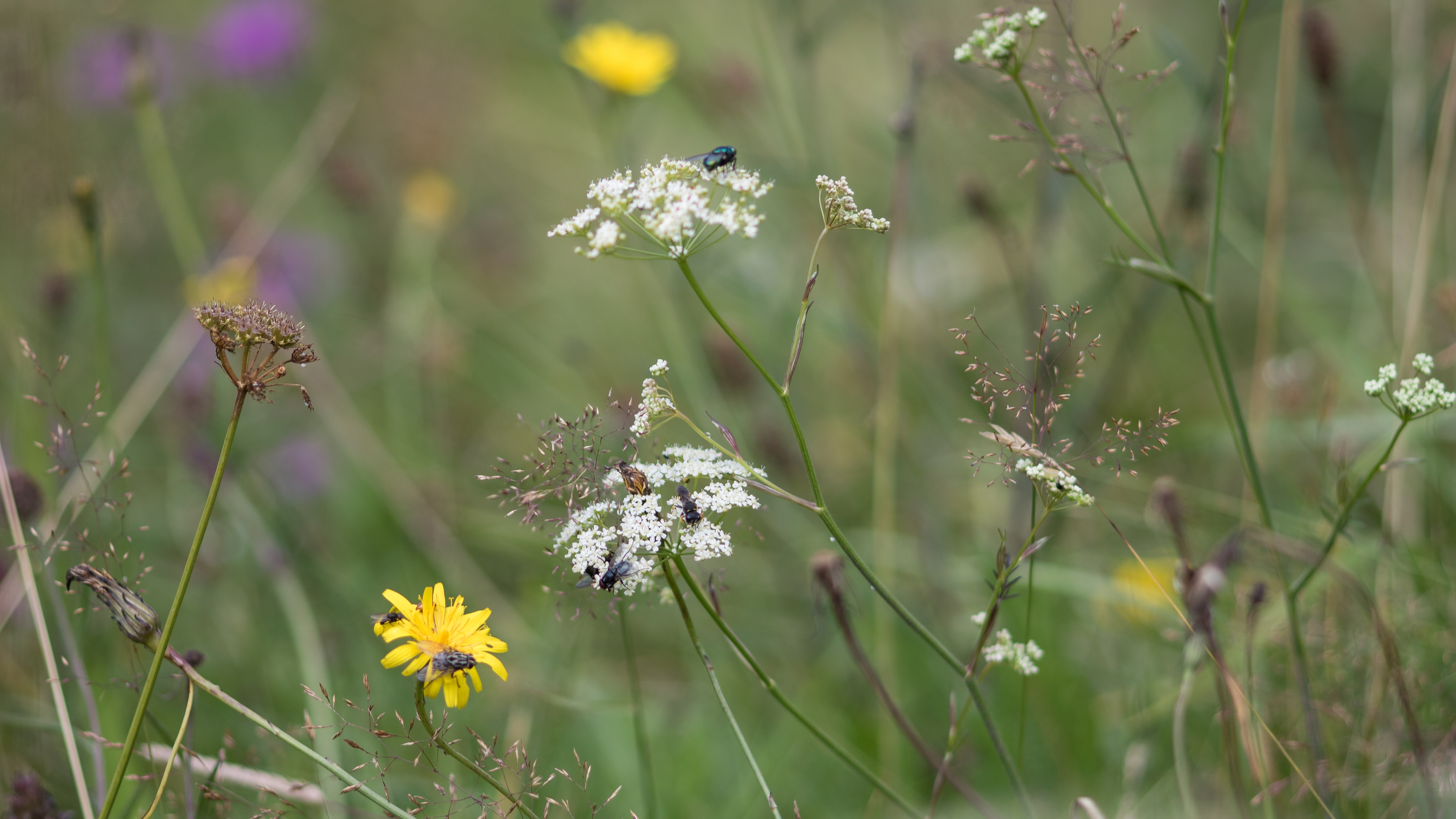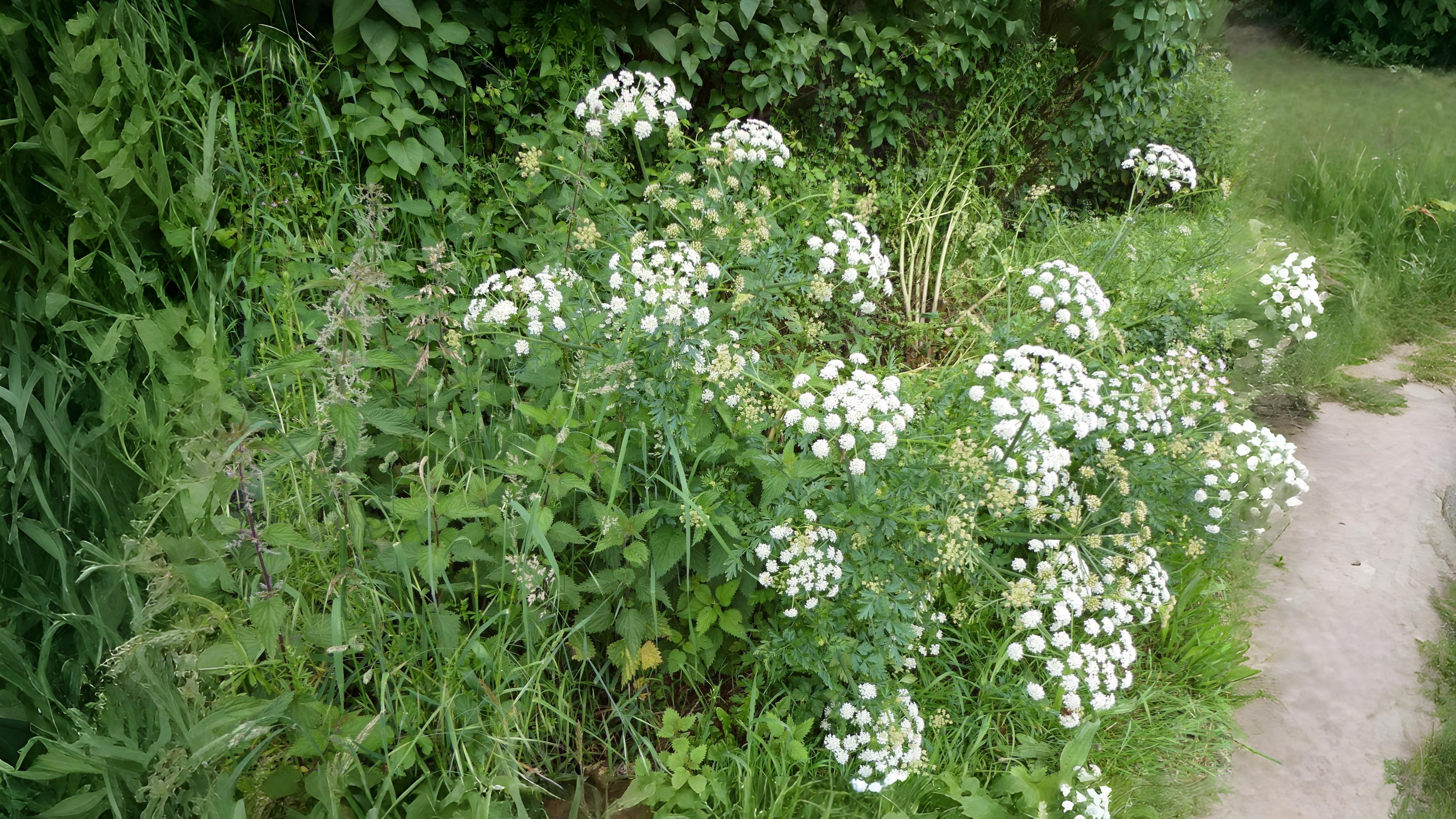
From nutty pignuts (the true "May nuts") to hawkweeds with blood-red undersides, these common composites hold dark secrets. One wrong bite of water dropwort can silence a tongue forever - yet their delicate white umbrels dance innocently along every roadside.
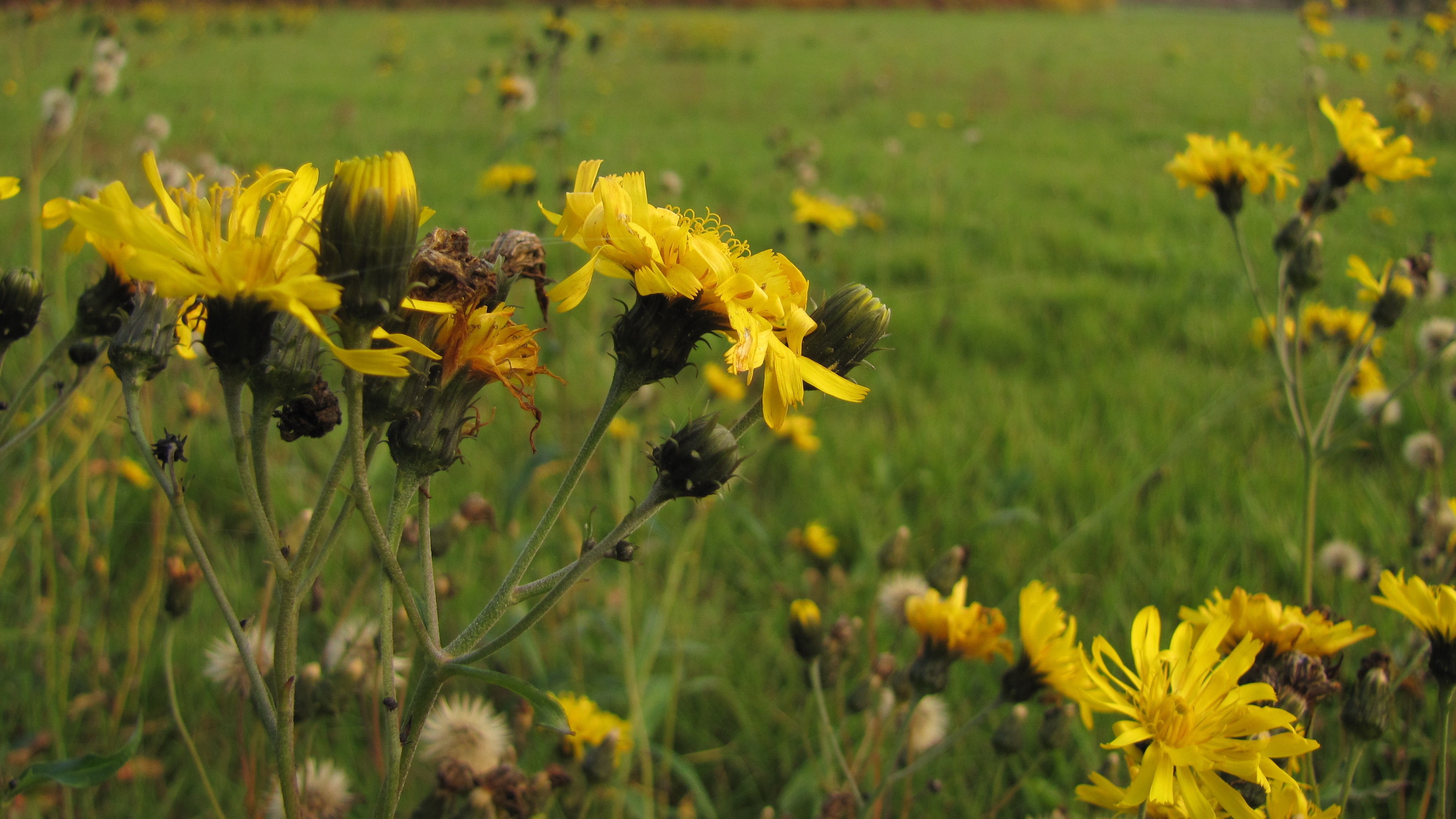

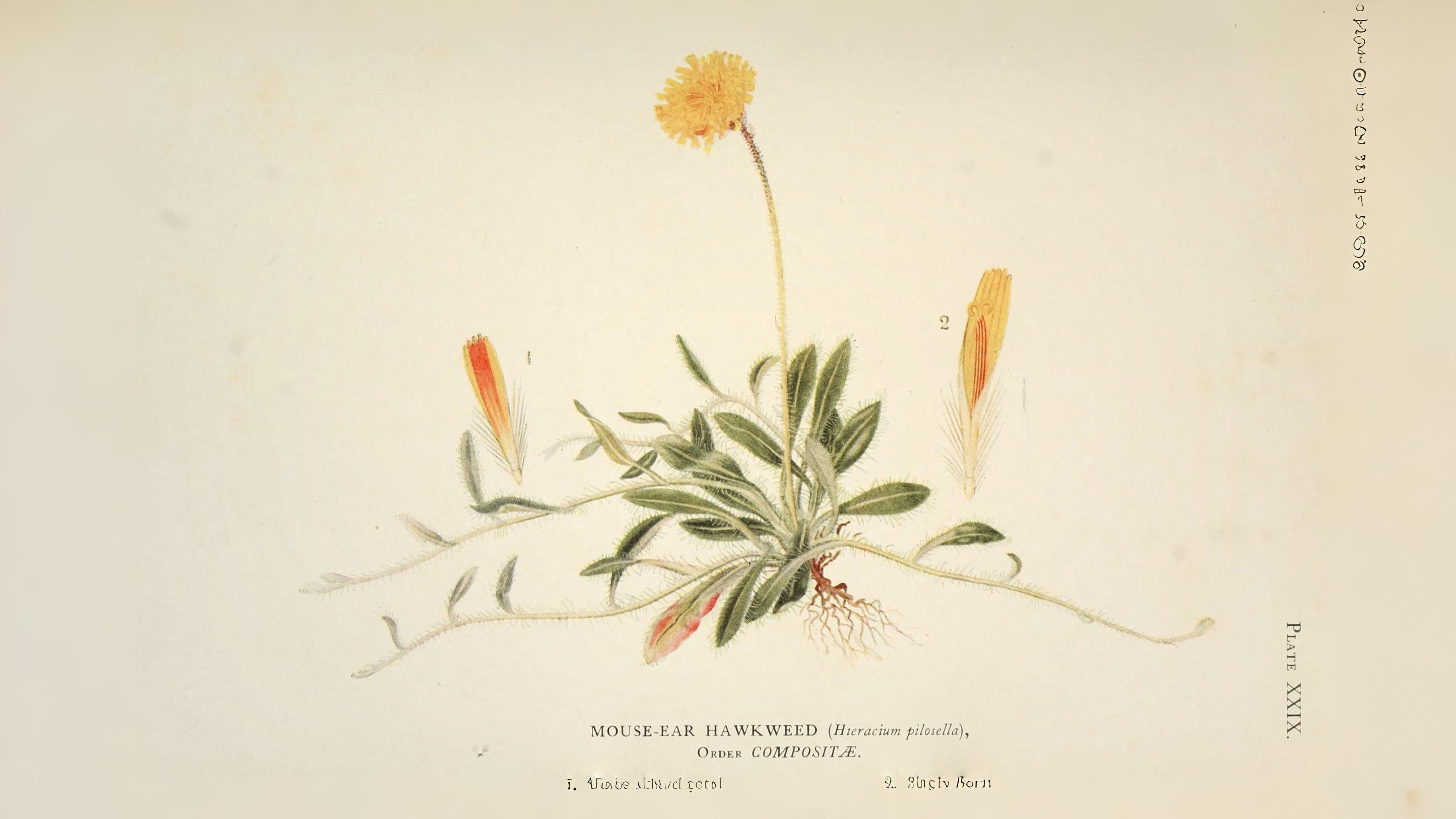

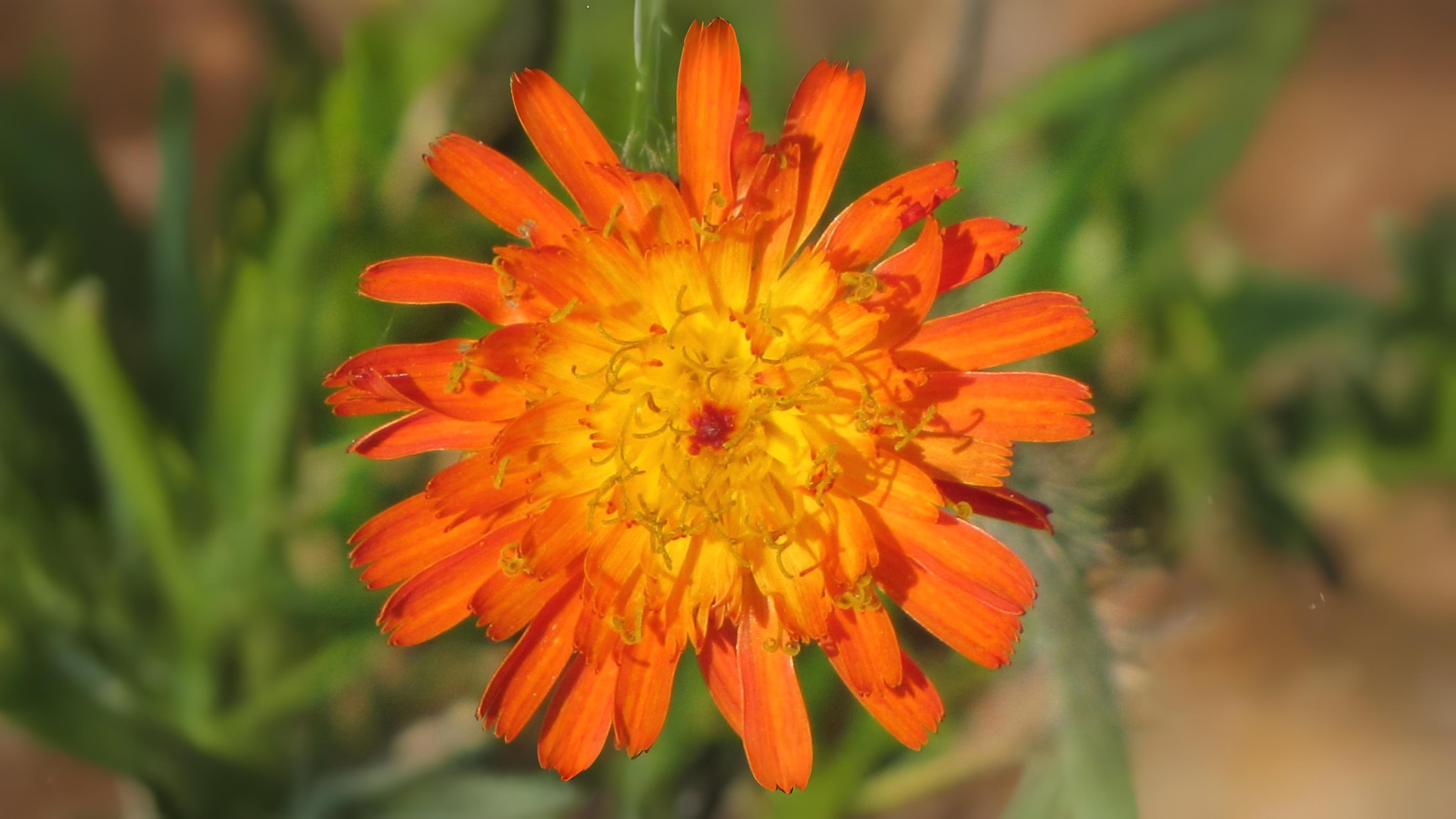

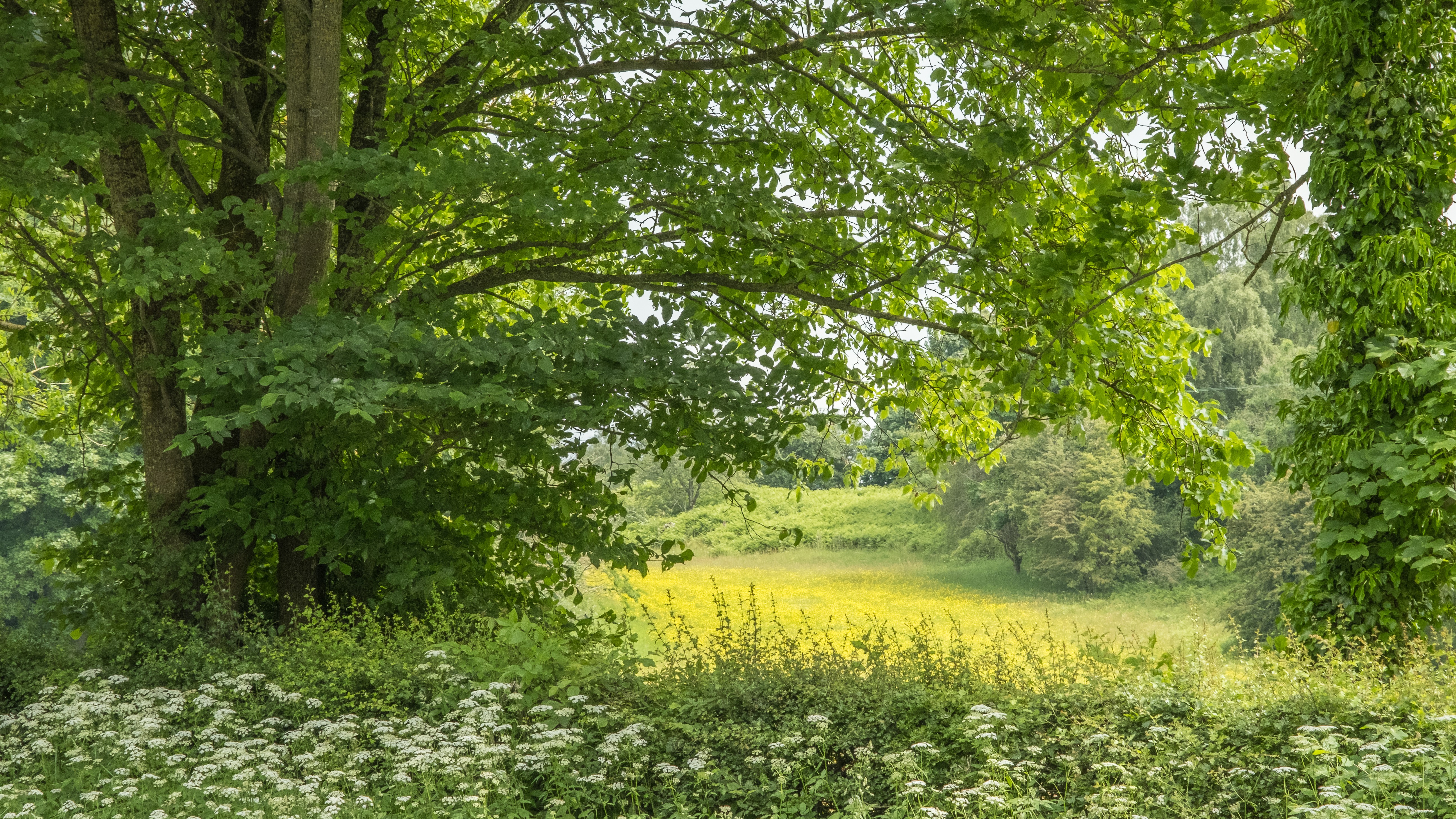

Another famous umbellifer not yet in flower but growing fast is hemlock Canium maculatum. Its stems, which are covered in sinister purple blotches, will not produce flowers until they are nearly a metre and a half in height. In London it tends to grow in large patches besides roads. Socrates in ancient Greece was put to death using hemlock which at the time was the state poison. The execution was a cruel one, as the symptoms include excessive salivation, interrupted breathing, palpitations, convulsions, loss of balance and finally paralysis. Most cruel of all in the case of Socrates is that any mental faculties remain unaffected throughout the ordeal.
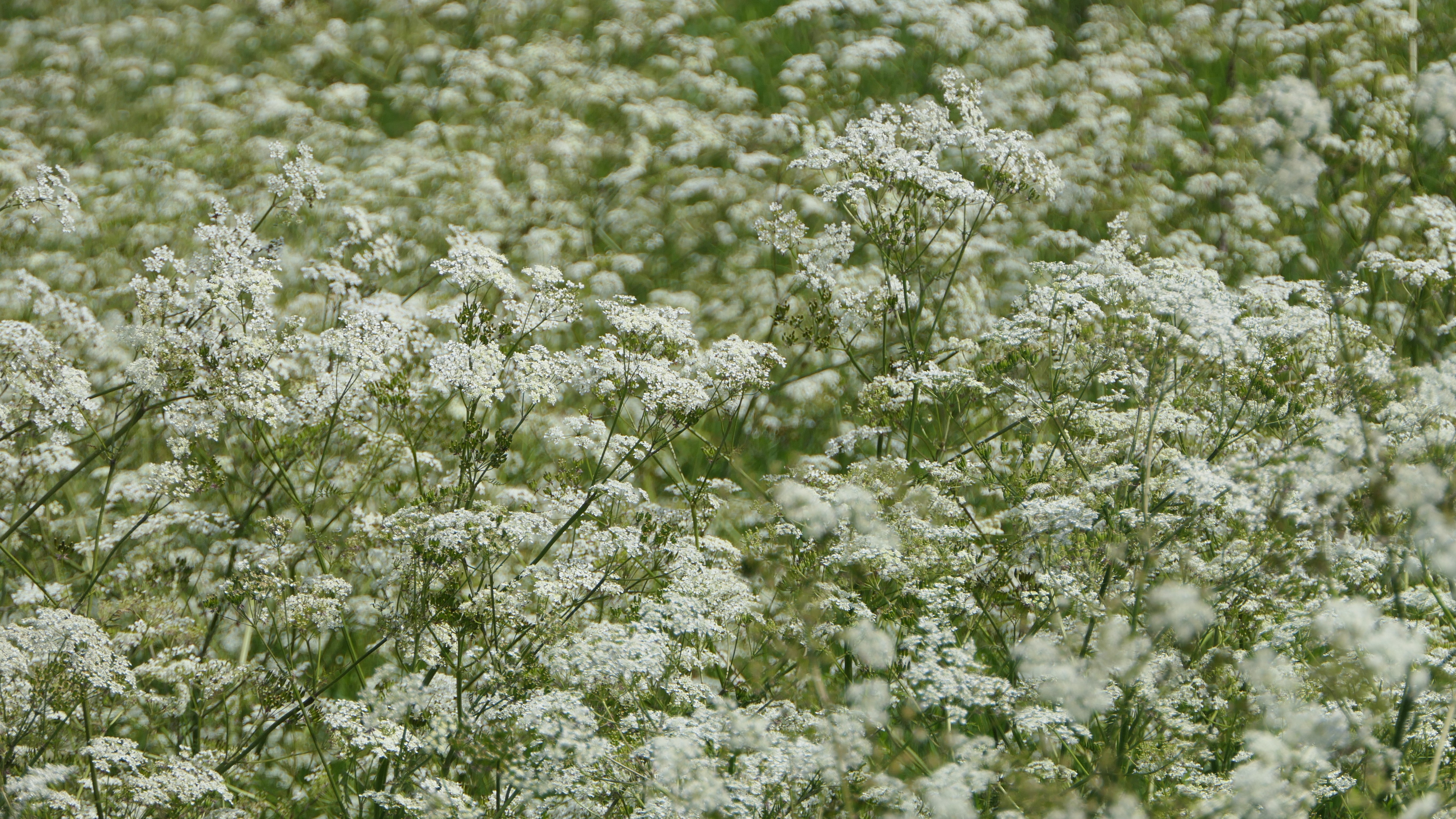

Umbellifers are often highly aromatic. In gardens, sweet cicely Myrrhis odorata has a strong, sweet smell of aniseed when its leaves are bruised. Caraway can occasionally be found as a casual, the seeds presumably having been dropped on their way to a kitchen. These seeds were once thought to confer an inability to stray; consequently, they were given to lovers, children and pigeons. The superstition was even extended to scattering them near precious possessions, ensuring that they would not be stolen. Towards the end of the month hogweed Heracleum sphondylium starts to flower beside roads, ground elder Aegopodium podagraria in gardens and the highly poisonous hemlock water dropwort Oenanthe crocata beside water.
